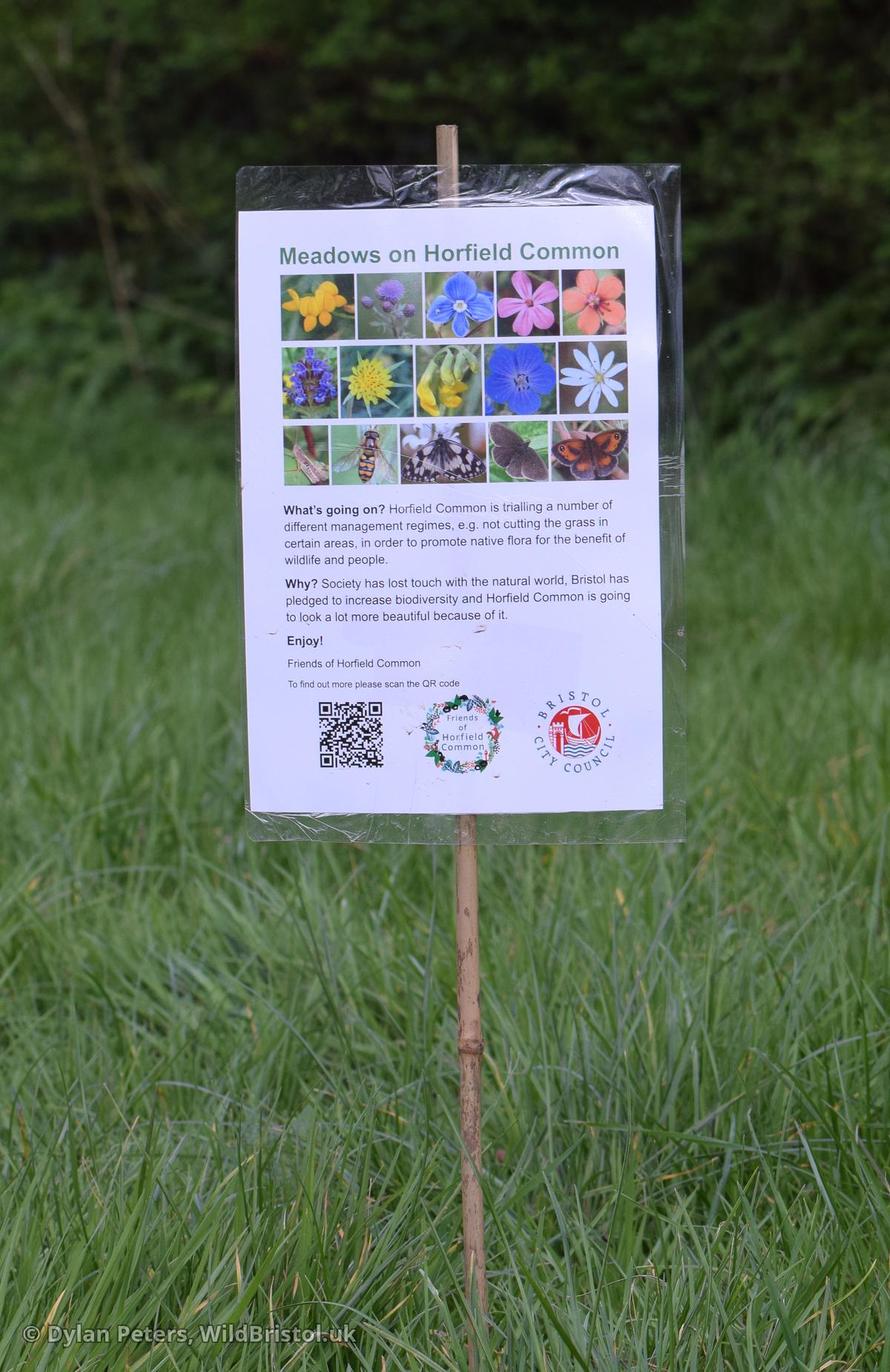Horfield Common Wildlife Management Plan
About:
Horfield Common covers an area of approximately 20 Ha. It is one of the most popular public green spaces in Bristol. Here we have one of the highest elevation of any land in Bristol. At its highest point (top of Kelleway Ave) being about 87 m above sea level. Horfield Common is a very exposed, hilly site and consists mainly of large expanses of short grass with lines of free standing trees (typical parkland). Habitats include: grassland, meadows (annual and perennial), scrub, copses, hedgerows, ponds / ditches, cultivated / garden (Ardargh) along with many micro habitats such as rotting logs, stumps etc.


